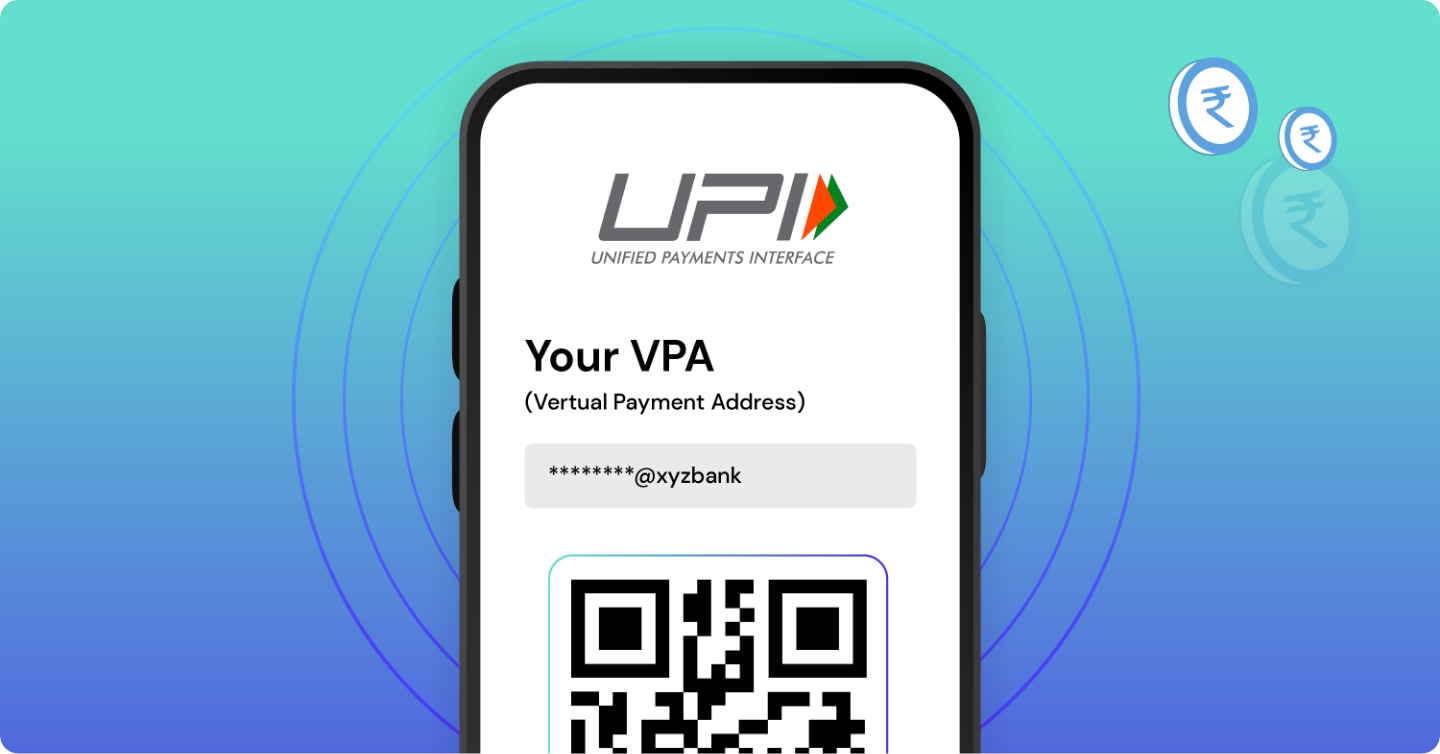The introduction of UPI (Unified Payment Interface) has revolutionized how payments are made in India. Facilitated by the National Payments Corporation of India (NPCI), UPI allows for quick, hassle-free, and secure financial transactions. The platform interfaces with various banking systems to facilitate instant payments by scanning a QR code or using a Mobile number and/or a unique payment ID called VPA. This article demystifies ‘what is VPA in UPI’ and how you can set it up for seamless transactions.
What is VPA in UPI?
VPA, short for Virtual Payment Address, is a unique identifier that a user sets up with a UPI-enabled bank. It works like an email ID, making it a simpler and more memorable method for transferring money compared to the traditional IFSC, account number-based method. Your VPA might look something like this: yourname@bankname. In essence, VPA makes financial transactions hassle-free and quick, bypassing the need to enter lengthy bank details each time you transact.
Setting Up Your VPA
Now that we have answered what is VPA in UPI, let’s move to the next segment of setting up your VPA. Though the procedure may differ slightly from one bank to another, the following steps generally apply:
1. Download and install your banks UPI-enabled app from Google Play Store or the Apple App Store.
2. Open the app and register your account. You may need to provide your mobile number, which should be the number linked with your bank account.
3. Once the registration is done, you can create your VPA by linking your bank account. Your VPA could take any form, typically your name, number, or any preferred unique identifier combined with the ‘@’ symbol and your bank’s name.
Depending on your bank, you might be required to set a MPIN (Mobile banking Personal Identification Number) as an additional security measure. This MPIN will be asked whenever you perform a transaction.
Using Your VPA for Transactions
Now that you have your VPA set up and have understood ‘what is VPA in UPI’, here’s how you can use it for seamless transactions:
1. To Send Money:
Open your bank’s UPI app and select the option to send money. Now, instead of the recipient’s bank account number and IFSC code, you can input their VPA, enter the amount, and complete the transaction by typing in your MPIN.
2. To Receive Money:
The process to receive money mirrors that of sending money. Choose the option to collect money, input the sender’s VPA, fill in the amount, and choose a deadline by which the person needs to make the payment.
The use of VPA also extends to payment at shops or for online shopping. Instead of card details, you can simply input the merchant’s VPA and complete your transaction hassle-free. With the rapid integration of UPI across all platforms, VPA is being universally accepted as a safe and effective transaction mechanism.
Using VPA: Advantage
The allure of using VPA in UPI transactions primarily revolves around convenience, hassle-free use, and safety. VPA eliminates the need for hard-to-remember, complicated bank account details. It is easy to set up, remember, and use. Furthermore, VPA transactions are encrypted and hence secure. Your bank details are not shared with the receiver or the sender, adding a layer of much-needed privacy to your transactions.
Conclusion
VPA has made transactions in the UPI ecosystem convenient and user-friendly. With its ease of use and robust security, VPA has become an essential tool for millions of UPI users. Understanding what VPA in UPI is, setting up, and properly using it allows for seamless, efficient financial transactions.
Digital advancements are changing how we handle money, and comprehending these advancements is necessary to remain efficient and safe in this digitized monetary landscape. Make sure to take advantage of this powerful and convenient tool that is VPA in UPI to keep pace with the modern financial environment.
